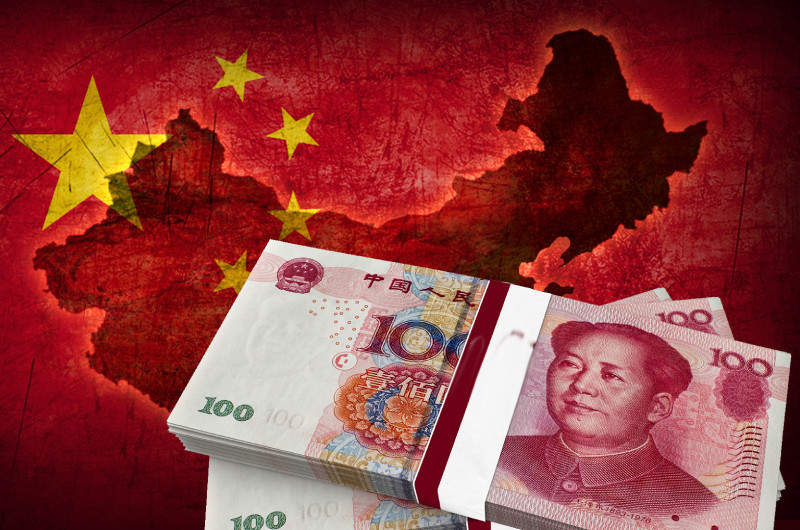China is facing a struggle to re-establish an economy that endured its greatest withdrawal since conceivably the mid-1960s after a huge number of people were advised to remain at home to fight with the virus.
The world’s second-biggest economy shrank by 6.8% from a year sooner in the quarter finishing off with March after factories, workplaces and shopping centers were shut to contain the outbreak, official information appeared on Friday. Purchaser spending, which provided 80% of a year ago’s development, and production line action were more vulnerable than expectations.

China, where the COVID-19 pandemic began in December, is the first major economy to start to recover after the ruling Communist Party declared the virus under control. Factories were allowed to reopen last month, but cinemas and other businesses that employ millions of people still are closed. There are signs that after an “initial bounce” “the recovery in activity has since slowed to a crawl,” said Julian Evans-Pritchard of Capital Economics in a report. “China is in for a drawn-out recovery.”
The last withdrawal this huge was 5.8% in 1967 during the changes of the ultra-radical 1965-75 Cultural Revolution, as indicated by Iris Pang of ING. Forecasters prior said China may bounce back as right on time as this month. Be that as it may, they state a sharp, “V-shaped” recovery looks progressively far-fetched as negative export, retail sales and other information heap up. Rather, they expect a slow creep back to development in low single digits in the coming quarters. For the entire year, forecasters, including UBS, Nomura and Oxford Economics, anticipate that little should no development.
In total, China has reported 4,632 deaths after the total for Wuhan, the city at the centre of the outbreak, was revised upward on Friday. The mainland has announced 82,367 cases.
Till now 4632 deaths reported in China after the total for Wuhan, the city at the centre of the outbreak, was revised upward on Friday. The mainland has announced 82,367 cases.
Possibilities to loss jobs

Retail deals fell 19% from a year sooner in the principal quarter. That improved in March, the last month of the quarter, to a decay of 15.8%. Be that as it may, customers, nervous about conceivable employment misfortunes, are hesitant to spend regardless of government endeavors to draw them back to shopping centers and auto showrooms.
That is a hit to automakers and different organizations that trust China self control the world economy out of its most excruciating droop slump since the 1930s.

That is a political challenge for the ruling party, which bases its claim to power on China’s economic success. The party appealed to companies to keep paying employees and avoid layoffs during the shutdown. But an unknown number has failed, adding to public anxiety.
That is a political test for the decision party, which puts together its case to control with respect to China’s economic success. All the political parties are engaged organizations to continue paying workers and maintain a strategic distance from cutbacks during the lockdown. In any case, an unknown number has fizzled, adding to open nervousness.
The economy already was just barely gotten by a duty war with President Donald Trump over Beijing’s innovation desire and exchange overflow. A year ago’s development sank to a multi-decade low of 6.1%.
Exports fell 6.6% in March from a year sooner, an improvement over the double- digit plunge in January and February. In any case, forecasters state requests will undoubtedly droop in America and Europe as antivirus controls keep customers at home.
